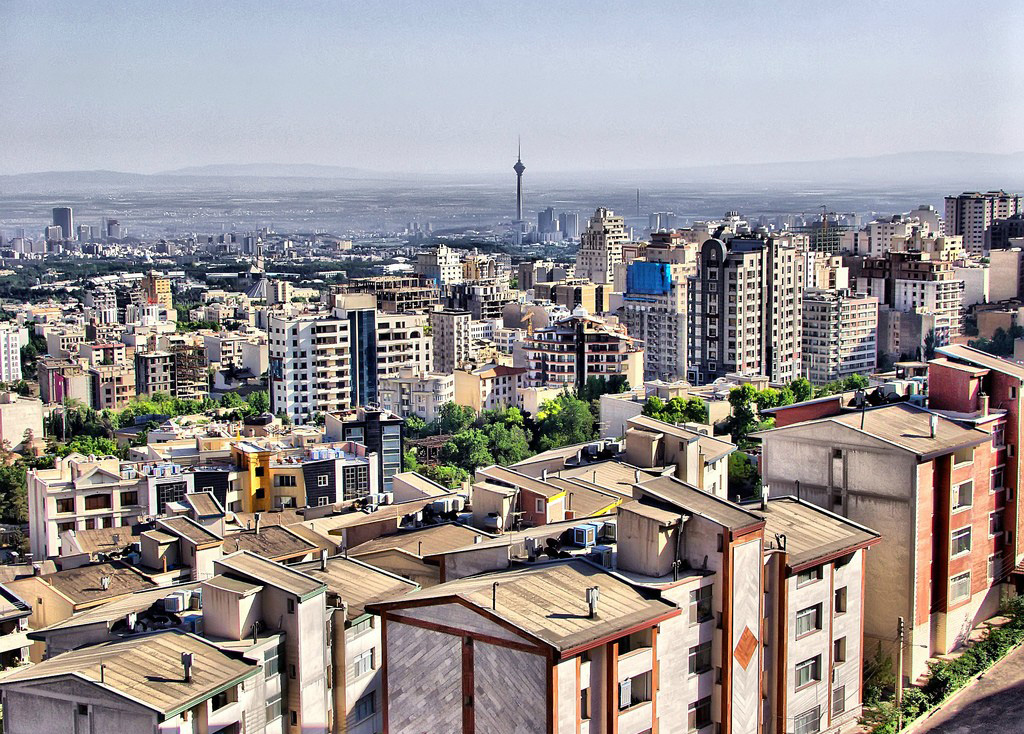Recent studies by the ministry of roads and urban development has revealed that housing price fluctuations in the past 17 months has been of a descending order. In fact, since its last climax of 71 percent in spring 2013, housing prices have registered no significant increases. Nevertheless, low and middle-income households have not been able to use the chance as there is still a wide gap between the purchasing power of households and housing prices.
Statistics suggest that the gap is around 34 percent and at times it can even reach as high as 40 percent. Housing policymakers have focused on “balanced financing” as their main mission and believe that “the declining trend of housing inflation has gradually shifted the attention from curbing the prices to finding a solution to empower buyers.” To this end, the allocation of construction loans that have weakened the buyers’ purchasing power, and have given rise to tenancy, has been halted. Instead, resources have been directed towards both demand and supply sides.
According to Donya-e Eghtesad daily, policymakers seek to transform the existing finance methods for housing sector by creating a link between home-seekers, as the target group, and affordable housing. To this end, the main focus of the housing department of the ministry of roads and urban development will be to find ways to enhance the purchasing power of the buyers through affordable housing loans.
As to the supply side, which has been the center of attention in recent months, the ministry has looked for financing methods through the capital market through setting up the first ‘land and structure fund’ in a bid to mobilize resources for builders and developers.
In the meantime, policymakers, according to analysts, believe that the consequences of imbalanced policies in granting housing loans during the past few years have manifested itself in the growing number of tenants and the pending sale of empty apartments. According to the housing department of the ministry of roads and urban development, the policy that has been best implemented across the world is to set up mortgage funds in the banks to empower home-seekers by granting loans and bridging the gap between prices and the average purchasing power.
Unofficial reports by certain online real estate agencies has revealed that in the first eight months of the current Iranian year (March 21–November 21), the average purchasing power of home-seekers in the districts 1 to 8 of the capital Tehran has been 60 percent under the initial prices for available “for sale” apartments. Moreover, the findings show that in light of the low purchasing power and the existing recession in the real estate market, the sellers have reduced their proposed prices by 9 percent when drafting the sales contract in the eight month of the current Iranian year (October 23–November 22). During the similar period last year, the proposed prices were 18 percent higher than the final price while this year the gap has reached 9 percent.
The Rouhani administration is now studying the 800-million-rial housing loan scheme and discussing the feasibility of the plan with the central bank. If approved, the home-seekers can apply for such loans with one-year 20-million-rial initial deposit, to be eligible to receive a one-billion-rial loan to buy a home.
The scheme, however, is applicable “only when a period of stability is ruling over the market” otherwise it may carry “certain inflationary impacts on the market,” according to Hamed Mazaherian, deputy minister of roads and urban development.


